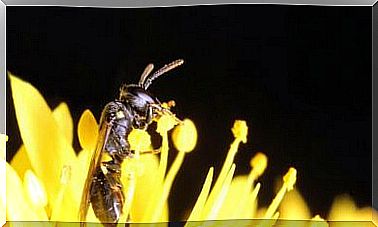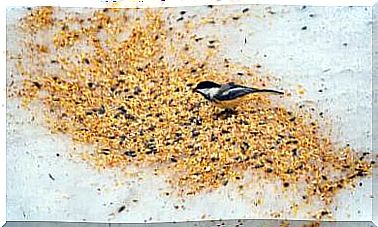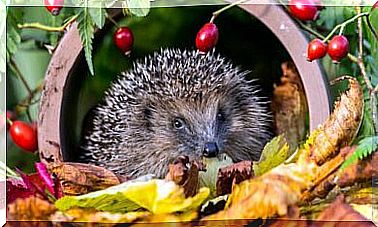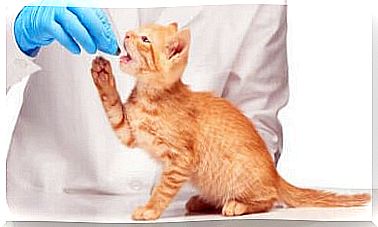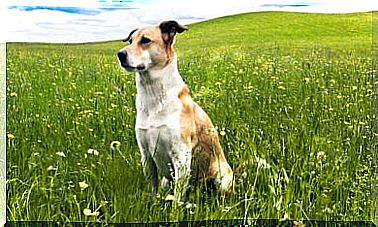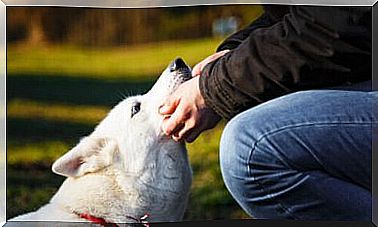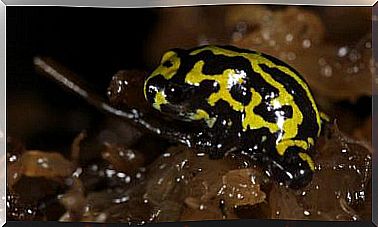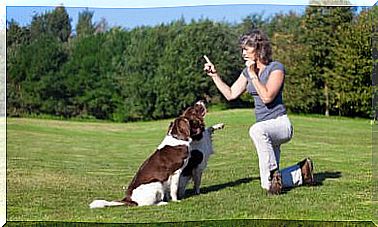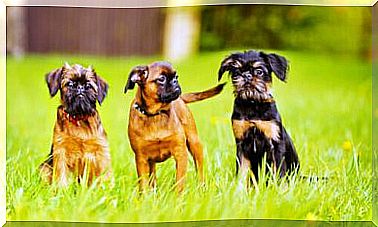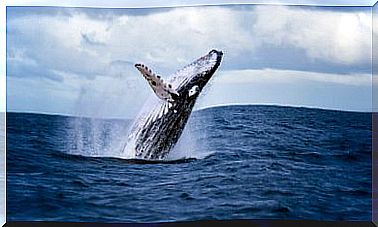Friesian Horse, Or Frisian
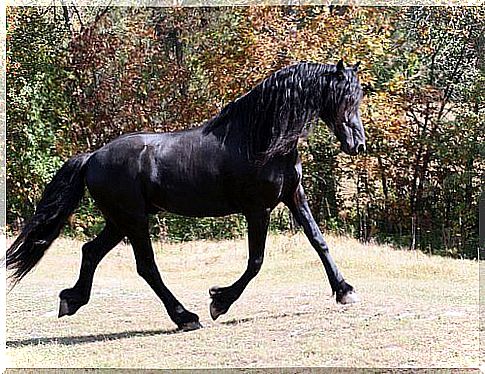
The Friesian horse, also known as the Frisian horse, is an equine species native to the Netherlands. . Its name refers to the region from which it comes: Friesland. Known as the war horse of the Germans , is very popular in countries like Holland and Belgium.
The Friesian horse stands out for its docile temperament . Therefore, it is used in equestrian schools for apprenticeship . Currently, this species can be seen in equestrian exhibitions and dressage competitions .
Friesian Horse Origin
The history of the Friesian horse is complex, as its origins go back thousands of years. It was used in many activities and, at the beginning, around 150 AD, they were used as game animals, although the first graphic record dates back to 1568 , captured in a portrait of Don Juan of Austria astride an animal of this species.
During the 17th century, the Friesian was used in equestrian schools along with other Spanish purebred horses . It is suspected that there was a cross between these races, although also believe that he mixed with Arabian horses during the War of Flanders .
After the French Revolution, with the end of the feudal lands, the Friesian returns to the Netherlands as a racehorse .
Throughout the 19th century, it was used as a chariot traction race. , especially from wealthy families.
Friesian’s fate changed course when, at the beginning of the 20th century, came to be used for fieldwork and sometimes he was also seen in circuses.
In order to protect the race, in 1879, the Friesian Horse Breed Record Book was signed , which would become the first equine record book in the Netherlands.
Friesian Horse Characteristics
It should be noted that between the most outstanding features from Friesian are the following:
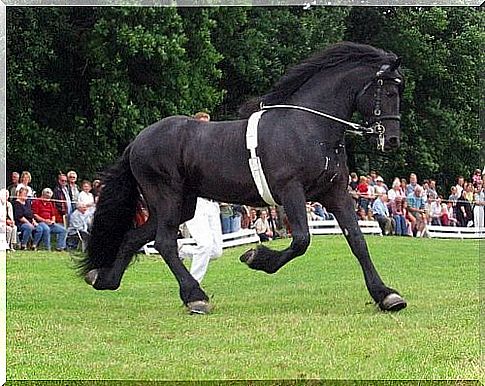
- It measures between 1.65 m and 1.75 m and can reach a weight of up to one ton , usually ranging between 600 and 900 kg.
- It’s kind of a muscular type , with a broad back slightly sloping and neck also broad but erect.
- Is it black or very dark brown . Stains or other shades are not acceptable to be considered as Friesians.
- The Friesian horse’s head has a good proportion to the body. . It is usually elongated and its eyes are deep-set, while its pointed ears are turned slightly inward.
- He has abundant fur , as it originates from cold regions.
- The tail, mane and legs have long bangs of hair.
- It is a strong and robust species , because the members have the correct proportion and strength.
- Regarding its dynamic qualities , the Friesian horse is very agile : he easily learns dance steps, so he impresses in exhibitions.
- Its stride is elegant and harmonious , with good elevation when walking and, as its hooves are large, it denotes power.
Care of the Frisian Horse
The parts that require the most care in a Friesian are the ears and the skin. . In the first case, it’s important to keep your ears clean to avoid auditory obstructions , but you shouldn’t go too deep in cleaning the orifice, so wipe it with towels around the ear.
In order for the Friesian horse to maintain its shiny coat, it must be well fed and well groomed. . Frequent use of shampoo is not recommended as it affects the natural color of the species and when brushing you should try to remove excess hair.
Finally, it is necessary to keep your teeth in good condition. and, thus, avoid problems with chewing food, digestive disorders, pain and cramps.
Source of images: Larissa Allen and Andizo.
